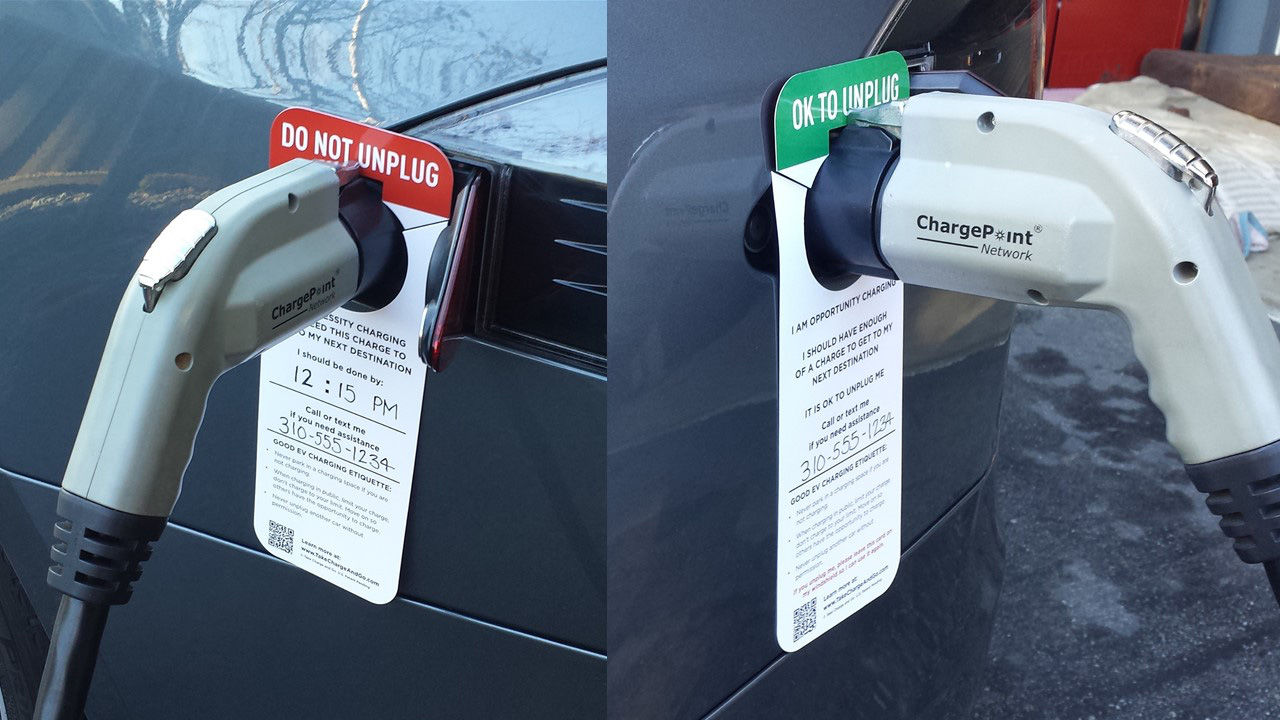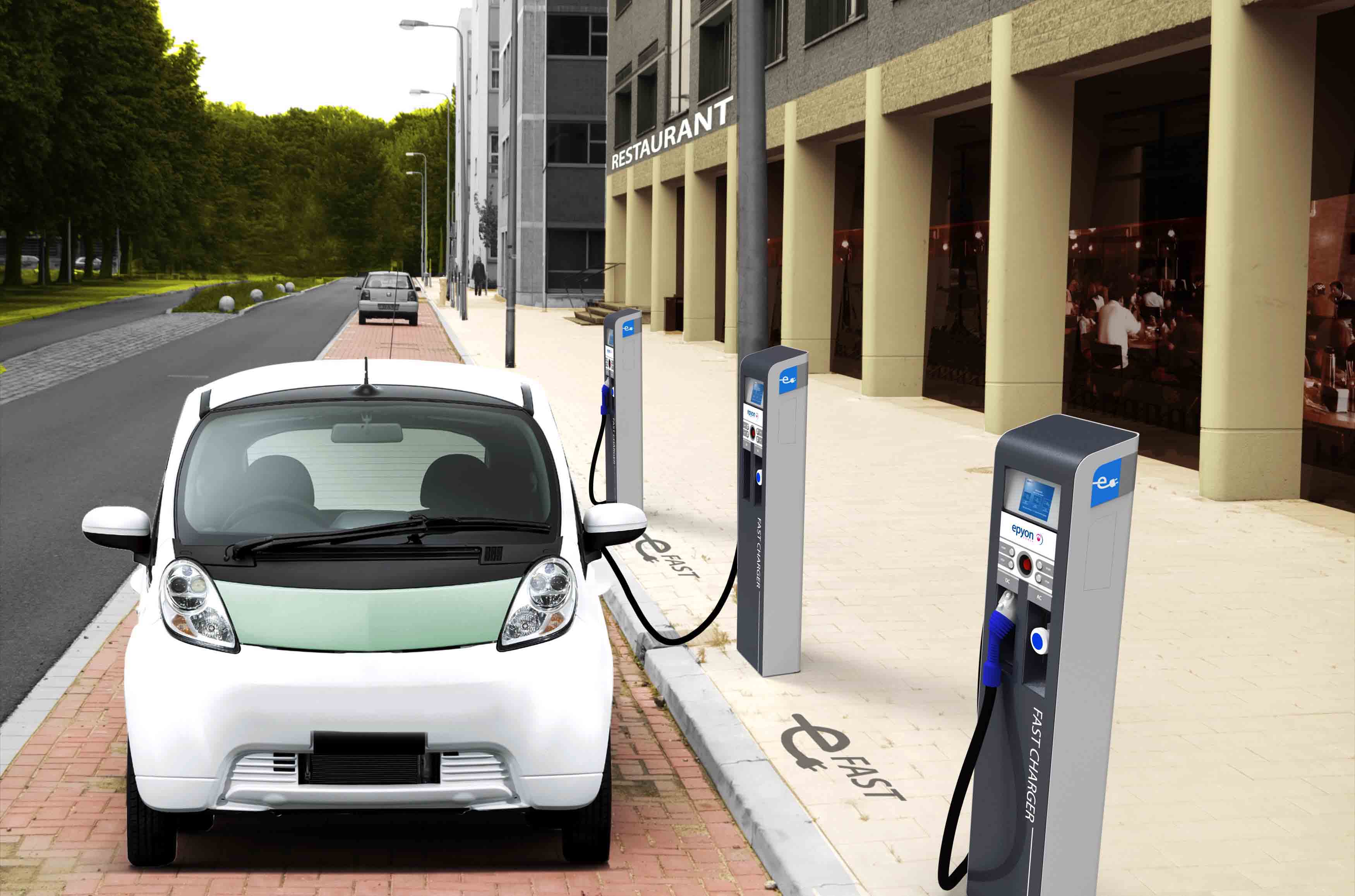Inconvenient to Charge? Here is the most Comprehensive Guide to Charging Electric Vehicles
Before buying an electric car, "newbie" owners always have a problem that cannot be avoided: how to charge the car?
Perhaps you have conducted a lot of searches on the Internet, and also asked friends around you to get answers in one way or another.
But has it really solved your "trouble" with charging? Do you really know "what is charging?"
Just like many years ago, before the popularization of mobile networks such as 4G or WIFI, everyone was worried about the convenience and efficiency of "surfing the Internet" on mobile devices such as mobile phones. Before people did not understand "how to charge", the convenience of using electric vehicles still remain a big question .
Therefore, we first popularize some common charging methods, and will also attach an "action guide" to teach you how to confirm whether you have charging conditions.
3 Main Charging Methods
When many articles introduce charging, they basically only divide charging into two categories: household charging and public charging. However, when introducing charging methods, this article mainly categorizes them from different “convenience” of usage scenarios, including household charging, semi-public charging and public charging, to help you more clearly understand the advantages and disadvantages of various charging methods in different scenarios.
Home Charging
Household charging refers to the installation of a charging pile in the parking space of the community where you live (because the family charging pile is small and can be fixed on the wall or column, so some people call it "charging wall box"). Park the car after returning home, and then plug in a charging gun (similar to the charging cable of a mobile phone charger) to charge the car. Unplug the charging gun before going out the next morning to complete charging.
Some car owners who do not have a charging pile will find a socket near the parking space and use a portable charger to charge the car (the appearance is similar to the charger of an electric bicycle or a laptop). This charging method also belongs to home charging, but compared with users who install a home charging pile, although the owner of a portable charger saves the installation of the charging pile, it will be relatively troublesome in daily use ,.If there is improper operation, there will be certain safety risks.
When the car owner buys a car, some 4S stores will present a charging pile with the car and provide installation services. Some 4S stores will also require users to purchase charging piles and installation services at their own expense.
It should be noted that the installation services provided by the 4S stores are generally completed by the "installation service provider". Before buying a car, you can ask the 4S stores in detail about the services provided by the "installation service provider" and what specific content is included (such as providing what materials, what is the free part, what is the paid part).
Experienced installation service providers will guide car owners how to communicate with the property (because the usually installed parking area is the management scope of the property), and how to apply for electricity meters (power supply bureaus in some cities can provide special energy meters for new energy vehicles. And car owners can enjoy preferential electricity prices) and so on.
Semi-public Charging
The reason why "semi-public charging" is "separated" from public charging is because "pure" public charging stations are more like "gas stations".
When charging at a public charging station, you still need to open a software (perhaps a charging app, maybe a navigation software) to search for a charging station, and then drive there. After reaching it, you need to spend some time waiting for the car to be fully charged, or to recharge part of the power before driving away.

Charging Pile
The "semi-public charging" introduced in this article refers to the charging pile in the parking lot of your work unit, or the charging pile in the parking lot near the work unit, and also refers to the public charging pile, or community in the residential area where you live. Nearby public charging piles. The important point is that “nearby” here means that you park your car, plug in the charging gun, you can walk to the unit or walk home in just a few minutes, and then walk to the parking lot after work .Pick up the car, or pick it up in the parking lot when you have to go out the next morning.
Just as you sometimes charge your mobile phone in the office, you can also charge the vehicle in the unit. This is a car experience that is second only to "family charging" in convenience, but far more convenient than going to a gas station to refuel.
Public Charging
Just like gas stations, many cities have built public charging stations, and the number and density of public charging stations vary from city to city. But it is worth noting that unlike gas stations, most public charging stations are "unattended" "self-service" charging stations. Before driving to a car, you need to see the charging station’s payment way clearly in the "software" : Do you need to download an App to scan the code to pay, or do you need to swipe to pay, etc.

Public Charging Station
Therefore, when traveling daily, try to choose a "familiar" or previously visited charging station to charge, or check the relevant description of the charging station, such as payment methods, whether parking fees are required, opening hours, etc.
But in most cases, the owner will choose a familiar charging station for charging every day, just like driving a gasoline car will choose a familiar gas station to refuel. In addition, the daily driving mileage (kilometers driven per day) of many car owners is not too long, so it usually only needs to be charged 1-2 times a week, and it takes more than 1 hour to charge each time.
“Action Guide” to Confirm Charging Conditions
According to the differences in charging convenience introduced above, the "Action Guide" is mainly divided into three steps: confirm whether the conditions for installing a home charging pile are available; confirm whether there is a semi-public charging pile around the unit or home; confirm whether your city has a certain number of public charging piles.
How to Confirm "Charging Conditions"
When confirming home charging conditions, first confirm whether there are parking spaces or parking conditions. Parking spaces in large cities will be more tense, and parking spaces in small and medium-sized cities are relatively loose. This can be confirmed quickly.
The property has played a more important role in the installation of home charging piles. For example, when some cities apply for new energy vehicle professional electric meters, they need to issue a consent form from the property. Temporary power supply is required during the process, so that it can be more convenient when using the installation tool). Therefore, you as the "owner" need to communicate well with the property.


















View More(Total0)Comment Lists